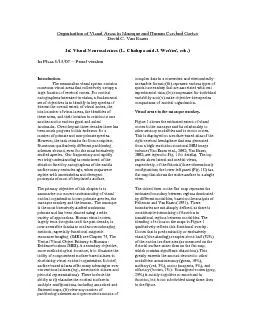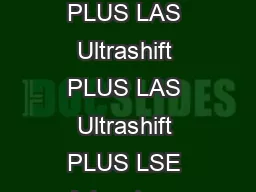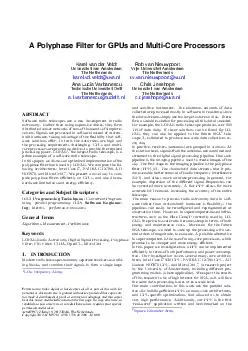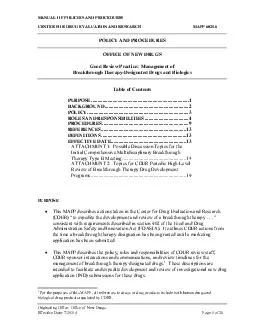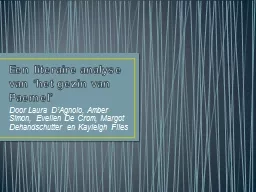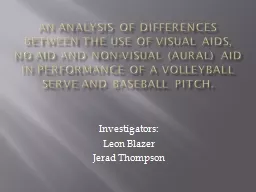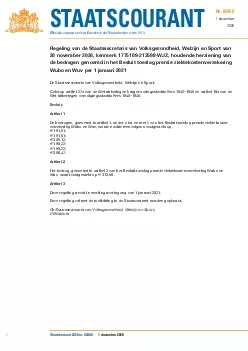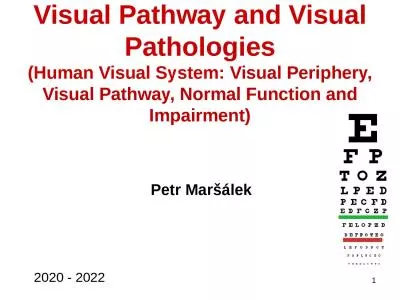PDF-Van Essen3Organization of Visual Cortexregions, plus a visuotopic mapp
Author : test | Published Date : 2017-02-05
computerized flat maps D A composite map of partitioning schemes for occipital cortex Lyon and Kaas 2002 theirbe accessed via httpbrainmapwustledu8081sumsarchivelestdoarchiveid448857
Presentation Embed Code
Download Presentation
Download Presentation The PPT/PDF document "Van Essen3Organization of Visual Cortexr..." is the property of its rightful owner. Permission is granted to download and print the materials on this website for personal, non-commercial use only, and to display it on your personal computer provided you do not modify the materials and that you retain all copyright notices contained in the materials. By downloading content from our website, you accept the terms of this agreement.
Van Essen3Organization of Visual Cortexregions, plus a visuotopic mapp: Transcript
Download Rules Of Document
"Van Essen3Organization of Visual Cortexregions, plus a visuotopic mapp"The content belongs to its owner. You may download and print it for personal use, without modification, and keep all copyright notices. By downloading, you agree to these terms.
Related Documents

